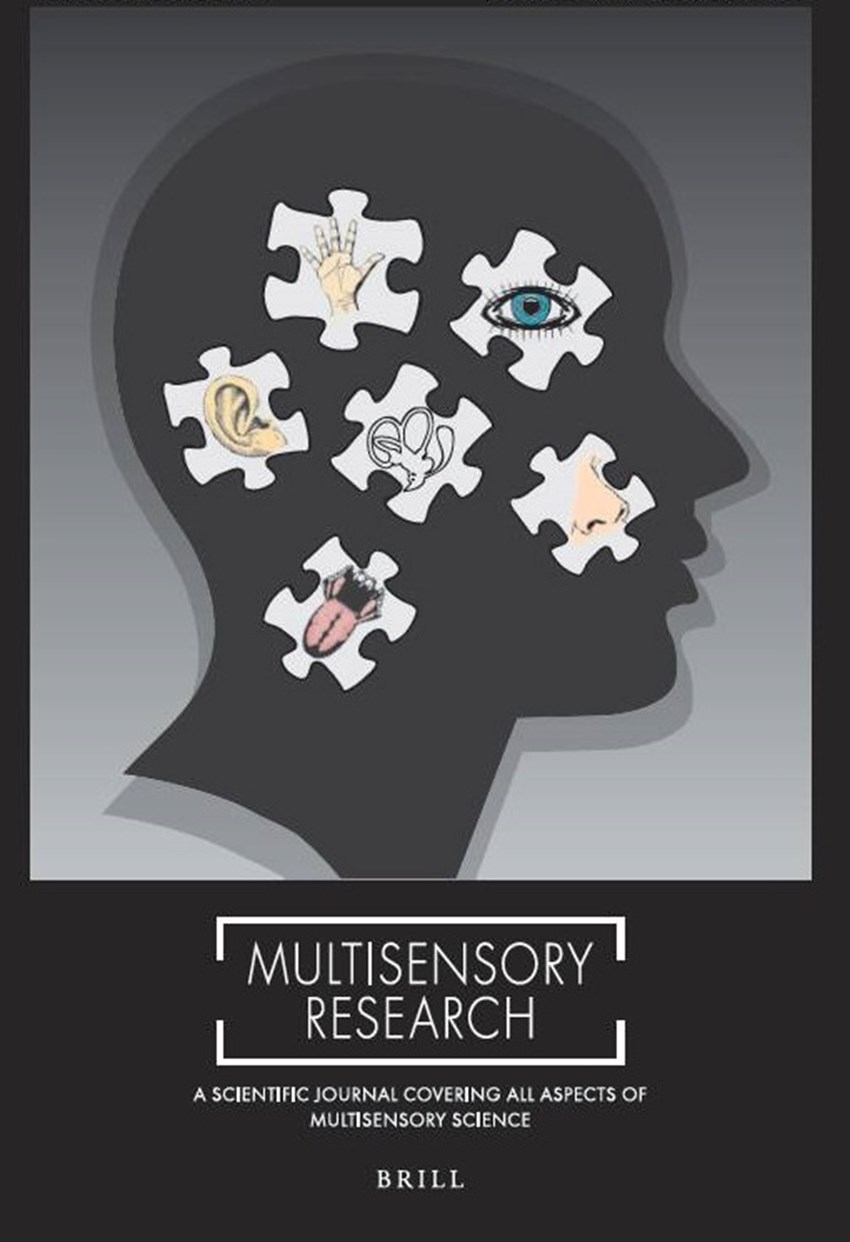Quando caminharmos pelos arredores, para nos movimentar estamos constantemente a basear-nos em sinais internos do sistema vestibular, juntamente com referências espaciais visuais e acústicas do ambiente. No entanto, a interação entre os sinais internos e as referências espaciais ambientais ainda não é totalmente compreendida. Para suprir esta lacuna, Elisa Ferrè, investigadora principal do projeto de investigação 41/20 - Luminous dancing fairies in weightlessness: How gravity shapes conscious experiences, apoiado pela Fundação BIAL, pretendeu investigar a influência das referências espaciais visuais e auditivas ambientais na autoperceção de movimento. Uma tarefa de deteção de automovimento foi administrada a vinte e seis participantes saudáveis, na qual eles foram solicitados a detetar breves sensações de automovimento induzidas por estimulação galvânica vestibular de baixa intensidade. Os participantes realizaram esta tarefa com ou sem uma referência espacial visual ou acústica posicionada diretamente à sua frente. Os resultados indicaram que a referência visual espacial aumentou a sensibilidade para detetar o automovimento. Por outro lado, a referência espacial acústica não influenciou a sensibilidade ao automovimento. Isto parece sugerir uma interação específica entre os sistemas visual e vestibular na perceção do automovimento. Mais informações disponíveis no artigo paper Spatial Sensory References for Vestibular Self-Motion Perception publicado na revista Multisensory Research.
ABSTRACT
While navigating through the surroundings, we constantly rely on inertial vestibular signals for self-motion along with visual and acoustic spatial references from the environment. However, the interaction between inertial cues and environmental spatial references is not yet fully understood. Here we investigated whether vestibular self-motion sensitivity is influenced by sensory spatial references. Healthy participants were administered a Vestibular Self-Motion Detection Task in which they were asked to detect vestibular self-motion sensations induced by low-intensity Galvanic Vestibular Stimulation. Participants performed this detection task with or without an external visual or acoustic spatial reference placed directly in front of them. We computed the d prime (d’) as a measure of participants’ vestibular sensitivity and the criterion as an index of their response bias. Results showed that the visual spatial reference increased sensitivity to detect vestibular self-motion. Conversely, the acoustic spatial reference did not influence self-motion sensitivity. Both visual and auditory spatial references did not cause changes in response bias. Environmental visual spatial references provide relevant information to enhance our ability to perceive inertial self-motion cues, suggesting a specific interaction between visual and vestibular systems in self-motion perception.

































































































